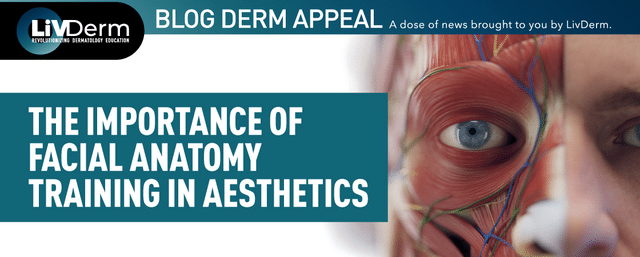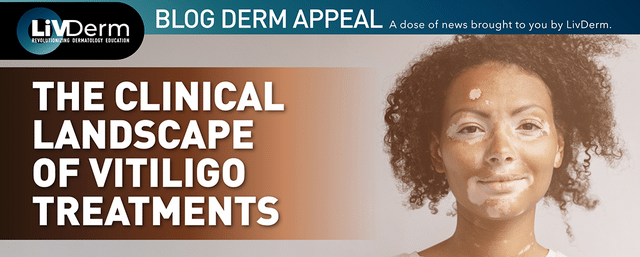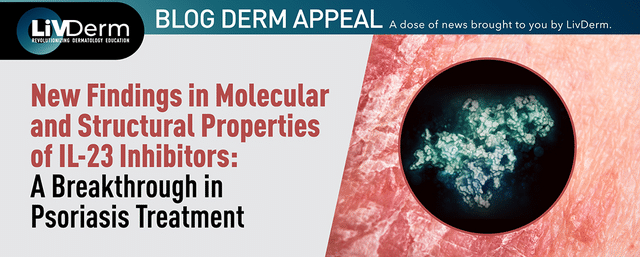According to research, the medical aesthetics market is expected to grow from USD 20.54 billion in 2022 to a massive USD 45.91 billion by 2030. This substantial growth is attributed to a variety of factors, including the rise in novel technology, a decrease in cost for more common and minimally invasive cosmetic procedures, as well as the effects of the COVID-19 pandemic.
In a survey conducted by the American Society of Plastic Surgeons, which explored the changes noted by plastic surgeons in the 18-month period immediately following the height of the pandemic, it was revealed that 76% saw an increase in demand for cosmetic procedures compared to pre-pandemic levels. Of the total, 23% reported double the business and 6% more than double compared to before the pandemic.
In addition, 80% of the plastic surgeons surveyed reported that they either “Agree” or “Strongly Agree” that most of their patients are now seeking combination procedures that allow for longer-lasting results and a shorter recovery time.
There is no denying that the demand for cosmetic procedures keeps growing, as does the number of cosmetic surgeons deciding to pursue this rewarding career. However, there remain concerns surrounding adverse events linked to certain procedures.
In 2021, the U.S. Food and Drug Administration (FDA) met with its General and Plastic Surgery Devices Advisory Panel to discuss the risks and benefits of dermal fillers. This came after an increase in the number of adverse events being reported for approved and unapproved fillers, techniques, and indications.
As a result of this meeting, the FDA highlighted the importance of quality training in facial anatomy, stating that this is critical to preventing adverse events that carry devastating effects on patients.
Why Facial Anatomy Training Is Crucial
1. Safety
According to expert aesthetic plastic surgeon and leader of LiVDerm’s Hands-On Cadaver Workshop, Z. Paul Lorenc, MD, “Anatomy is key.”
Having a deep understanding of the structures and planes of the face, its muscles, nerves, and vessels, is essential for knowing how and where to inject. A lack of knowledge and irresponsible injection techniques can have disastrous effects on the patient. Incidents of skin necrosis and even blindness have been reported as a result of misguided injections and erroneous placement. Knowing how to precisely locate the injection site can therefore help to minimize and prevent complications, therefore maximizing patient safety.
2. Improved Results
Aside from the obvious safety aspect, knowing where exactly to inject helps to create optimal outcomes. That being said, in order to achieve the most desirable outcome it is also necessary to be knowledgeable about the products being injected.
“Science is your guide. Anatomy is your savior.” This is a saying that Dr. Lorenc lives by.
He notes that in aesthetic medicine, it is important to understand the physio-chemical properties of the products being used. Once you understand this, it is then possible to correctly choose the right product for the right procedure. He believes that matching the physio-chemical properties of the products (the science) with your knowledge of anatomy is what provides optimal results and minimizes the possibility of complications.
3. Boost Confidence
Undergoing facial anatomy training not only provides the knowledge necessary to excel in the field of aesthetic medicine, but it also helps boost the confidence of the practitioner. Having that background and knowledge allows practitioners to feel more capable of carrying out cosmetic procedures comfortably.
4. Minimize Complications
While minimizing complications is essential to patient safety, another aspect to consider is the reputation and credibility of your practice and career. Positioning yourself as an expert and undergoing the required training gives you the knowledge, experience, expertise, and confidence, allowing you to be an authority in the field. A good reputation stems from stellar work and a great relationship with the patient.
Cadavers in Facial Aesthetic Training
The use of cadavers in medical and aesthetic training have crucial benefits for learning proper skill and technique. Cadavers allow for the opportunity to literally see inside the body and what is happening.
A study looking at the effectiveness of teaching facial anatomy through cadaver dissection assessed 168 participants in a two-day cadaver workshop and measured their feedback. Pre and post-course tests demonstrated improvements in their facial anatomy knowledge. In addition, anonymous feedback provided by participants revealed, “the course strengthened the ability of physicians to carry out nonsurgical aesthetic procedure independently in a less stressful environment, by increasing their understanding of facial anatomy, skills for surface making, and confidence.”
The authors of the study concluded that —
“Procedure-oriented and replicable cadaver dissection-based anatomy training improves the knowledge, understanding, and confidence of aesthetic physicians, thereby theoretically enhancing patient safety. It can be concluded that facial anatomy training should remain a key component of postgraduate and continued medical education for aesthetic physicians, with cadaver dissection as its core teaching method.”
LiVDerm’s Hands-On Cadaver Workshop
The Hands-On Cadaver Workshop has formed part of LiVDerm’s incredible educational offerings for the last four years. Dr. Lorenc’s many years of expertise place him in the perfect position to offer this essential training. A researcher, pioneer, and teacher, his work has led to the development of a number of aesthetic surgical and nonsurgical techniques and procedures. He is well-known for his absorbable suspension device which has been used in endoscopic forehead lifts, endoscopic facelifts, and endoscopic neck lifts.
Dr. Lorenc’s Cadaver Workshop offers a comprehensive review of the anatomical features of the face and hands while allowing for intimate discussion, guided dissection, and high-level training.
“There’s a lot of practical information because it’s constantly what I project throughout the whole course. It’s an extensive course; a very in-depth course. There is always a clinical correlation. Throughout the whole course, I always refer back to choosing the right filler, choosing the right toxin, the right amount based on each anatomical area. To me, that is probably the most important aspect of the course. You will learn about the anatomy, you will learn about different agents, and you will learn about how to match anatomical areas with the physio-chemical properties of the agent. If you do that, you will get a better result, which ultimately benefits the patient.”
LiVDerm recognizes the power and incredible benefits of hands-on facial aesthetic training which is why our Cadaver Workshop continues to be a staple at our annual events. There is no substitute for hands-on experience and cadaver labs provide the perfect opportunity to enhance existing skills and learn new ones.
Dr. Lorenc will once again be leading our Hands-On Cadaver Workshop in Miami Beach for our annual South Beach Symposium (SBS) 2024. Enhance your knowledge of facial anatomy and boost your skills and confidence by registering to join us there.
- https://www.globenewswire.com/news-release/2023/02/09/2605415/0/en/Medical-Aesthetics-Market-Is-Expected-To-Reach-around-USD-45-91-Billion-by-2030-Grow-at-a-CAGR-Of-12-2-during-Forecast-Period-2023-To-2030-Data-By-Contrive-Datum-Insights-Pvt-Ltd.html#:~:text=09%2C%202023%20(GLOBE%20NEWSWIRE),12.2%25%20During%20The%20Forecast%20Period.
- https://www.plasticsurgery.org/documents/News/Trends/2022/trends-report-cosmetic-surgery-2022.pdf
- https://www.plasticsurgery.org/for-medical-professionals/advocacy/advocacy-news/fda-highlights-importance-of-physician-training-in-dermal-filler-injections
- https://www.ncbi.nlm.nih.gov/pmc/articles/PMC5522661/
- https://www.youtube.com/watch?v=qZYeKOI4pxc
- https://www.livderm.org/articles/science-is-your-guide-anatomy-is-your-savior-with-dr-lorenc/

















